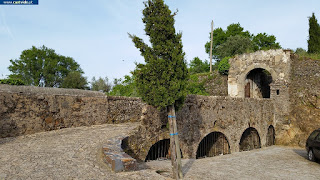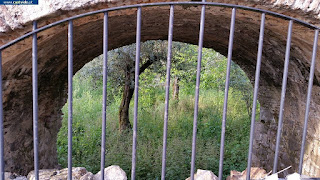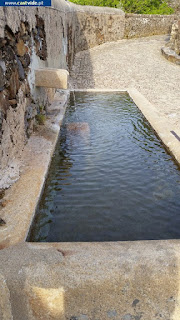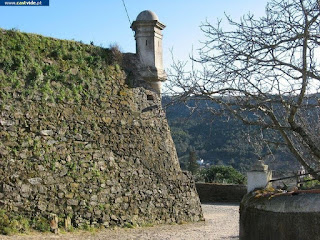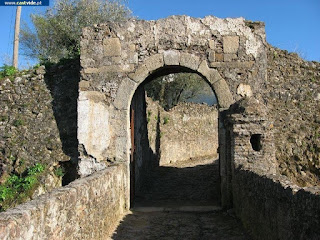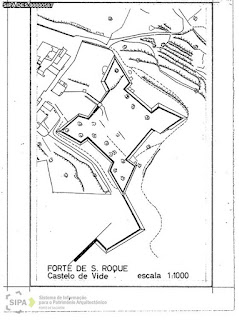- - - - - - - - - - - - - - - - - - - - - - - - - - - - - - - - - - - - - - - - - - - - - - -
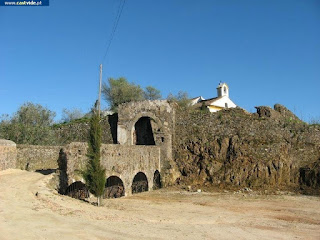

GOOGLE MAPS: OPEN MAP
The Fort of S. Roque is an example of modern military architecture abaluartada, constituted by four bastions arranged in the internal depolígono vertices that form a rectangle with door of access to NW.
It was ordered to build by Manuel Azevedo Fortes between 1705 and 1710, governor of Praça de Castelo de Vide.
This construction is made of stone masonry with a lime mortar, cragged on the outside and with earthworks on the inside. The ramparts are pointy with massive brick erected booths. The materials used are: stone (granite), brick, lime, calhidráulica, sand and earth. The Fort of S. Roque, as well as all the fortification of Castelo de Vide were the target of several interventions, the last of which in 2002.
It was ordered to build by Manuel Azevedo Fortes between 1705 and 1710, governor of Praça de Castelo de Vide.
This construction is made of stone masonry with a lime mortar, cragged on the outside and with earthworks on the inside. The ramparts are pointy with massive brick erected booths. The materials used are: stone (granite), brick, lime, calhidráulica, sand and earth. The Fort of S. Roque, as well as all the fortification of Castelo de Vide were the target of several interventions, the last of which in 2002.
O Forte de S. Roque é um exemplo de arquitectura militarmoderna
abaluartada, constituído por quatro baluartes dispostos nos vértices depolígono
interno que forma um rectângulo com porta de acesso a NW.
Foi mandado edificar por Manuel Azevedo Fortes entre1705-1710, governador
da Praça de Castelo de Vide.
Esta construção é feita em alvenaria de pedra à fiadacom argamassa de cal,
escarpada do lado exterior e com terraplenos do ladointerior. Os baluartes são
pontiagudos com guaritas em tijolo maciço erebocadas. Os materiais usados são:
a pedra (granito), tijolo, cal, calhidráulica, areia e terra. O Forte de S.
Roque, assim como toda a fortificaçãode Castelo de Vide foram alvo de várias
intervenções, a última das quais em2002.



